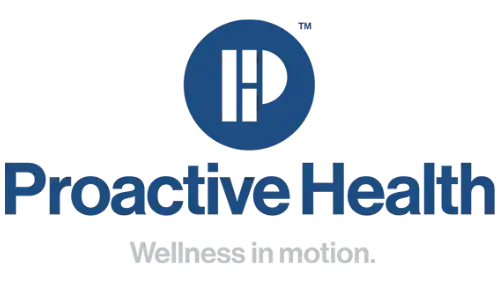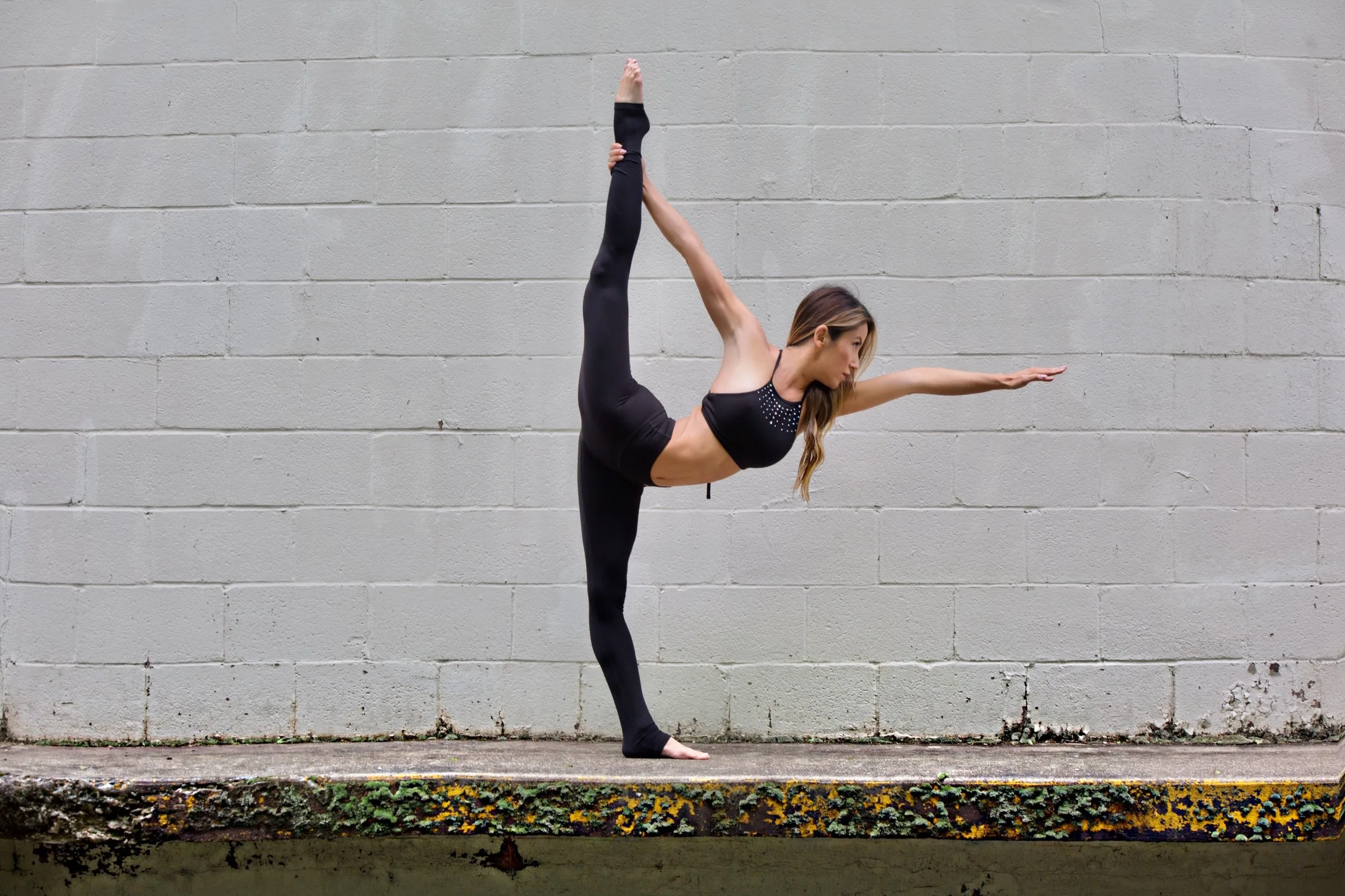Ever catch yourself feeling tight in the hips, unsteady on your feet, or just generally stiff after a long day? You’re not alone. Whether you sit at a desk all day, chase after kids, or grind through intense workouts, your body craves balance—literally. Enter the Standing Bow Pose, one of the most dynamic and accessible postures in yoga that not only builds strength and flexibility, but also demands your full presence.
And here’s the thing: it’s not just a pretty Instagram-worthy shape. This pose has real, measurable benefits that support core stability, spinal health, and mental focus—something we prioritize heavily at Proactive Health.
Let’s dive into why this pose deserves a spot in your daily routine and how we help people integrate it safely and effectively.
What Is the Standing Bow Pose?
The Standing Bow Pose (called Dandayamana Dhanurasana in Sanskrit) is a powerful standing balance posture found in many yoga practices, especially in hot yoga and Bikram sequences. It involves standing on one leg while lifting the opposite leg behind you and reaching your arm back to grab your foot, extending the other arm forward like a bow.
Picture a bow being drawn before releasing an arrow—your body becomes the full arc of that tension and energy. It requires coordination, flexibility, and strength from head to toe.
But it’s not just about looking graceful—it’s about building functional mobility and control that translates to everyday movement.
Understanding Your Body in This Pose
To really understand what’s happening in Standing Bow, you need to know which parts of your body are being activated—and why.
Your spine lengthens, your hip flexors and quads stretch, your core stabilizes, and your shoulders and arms engage to maintain the bow shape. Even your foot and ankle are working overtime to maintain balance.
This pose activates multiple systems:
- Musculoskeletal system – stabilizing joints and building strength
- Neuromuscular system – improving proprioception and coordination
- Circulatory system – increasing blood flow due to the dynamic stretch
And because you’re balancing on one leg, your brain has to work double-time, pulling in feedback from your nervous system to keep you upright. It’s a full-body, full-focus experience.
Common Causes of Imbalance or Difficulty in Standing Bow
We see a lot of clients at Proactive Health who struggle with Standing Bow because of issues they didn’t even know they had. Here’s what could be holding you back:
1. Tight Hip Flexors and Quads
If you sit often (and who doesn’t?), your hip flexors may be shortened. This restricts your ability to kick the lifted leg up and back.
2. Weak Core and Glutes
Balance begins at your center. Weak abdominal muscles and underactive glutes make it tough to stay upright in this pose.
3. Ankle Instability
Old ankle injuries or underused stabilizing muscles can cause you to wobble or fall out of the pose prematurely.
4. Poor Posture and Spinal Alignment
A misaligned spine or rounded shoulders can prevent the “bow” shape from forming. You end up collapsing into the pose instead of lifting and extending.
5. Nervous System Stress
Your body reflects your mental state. Anxiety, stress, or fatigue can affect your balance and focus more than you think.
We always encourage addressing these root causes holistically, rather than just “trying harder” to hold the pose. That’s where expert care and assessment come in.
How to Self-Assess and When to Get Help
You don’t need to be an advanced yogi to benefit from Standing Bow, but it’s important to know your limits.
Try this at home:
- Stand in front of a mirror
- Perform the pose on each side
- Notice: Is one side tighter? Do you lose balance quickly? Do your hips twist or your back arch excessively?
If you experience sharp pain, joint instability, or significant imbalances, those are red flags. That’s a sign to stop and consult a movement specialist.
At Proactive Health, we offer personalized mobility and movement assessments to help identify what’s limiting you—so you can move better, not just force through discomfort.
Treatment and Improvement: Making the Most of Standing Bow
If you’re ready to make Standing Bow a regular part of your routine (or finally master it), here’s what you need:
1. Stretch and Mobilize
Focus on your quads, hip flexors, and shoulders. Use dynamic warmups before attempting the full pose.
2. Strengthen the Core
Planks, glute bridges, and standing balance drills will support your ability to hold the pose longer and more steadily.
3. Use Props and Modifications
Start with a yoga strap around your foot if reaching back is tough. You can also hold onto a wall for balance at first—no shame in that.
4. Therapeutic Bodywork
Sometimes muscles need more than a good stretch—they need to be released. Our manual therapy services can help unlock tight fascia and realign movement patterns.
5. Consistent Practice
No one nails this pose on Day 1. Like anything, it takes consistency. That’s why we design routines tailored to your body and goals.
Preventing Injury and Long-Term Imbalances
Here’s where most people go wrong—they treat yoga as either “stretch time” or a performance. But a mindful, consistent approach can prevent injury and actually enhance your daily posture and mobility.
Try these tips:
- Warm up your spine and hips before any deep backbending.
- Always engage your glutes and keep the pelvis neutral to avoid dumping into your lower back.
- Alternate sides evenly to avoid favoring one leg.
- Stay present—Standing Bow requires attention, not autopilot.
And if you’re coming back from an injury or dealing with chronic pain, this pose can either help or hurt depending on how it’s done. That’s where professional guidance is essential.
Ready to Move Better? Let’s Talk.
If you’re looking to integrate Standing Bow Pose into your wellness routine—or just want to feel more balanced and strong—Proactive Health is here to help. Whether you’re brand new to yoga or returning from injury, our team specializes in helping people move with confidence, clarity, and care.
We offer 1-on-1 consultations, movement assessments, and customized treatment plans designed to help you get the most out of your body—on the mat and in life.
Contact us today to schedule your session and take the first step toward better movement. Your future self will thank you.



